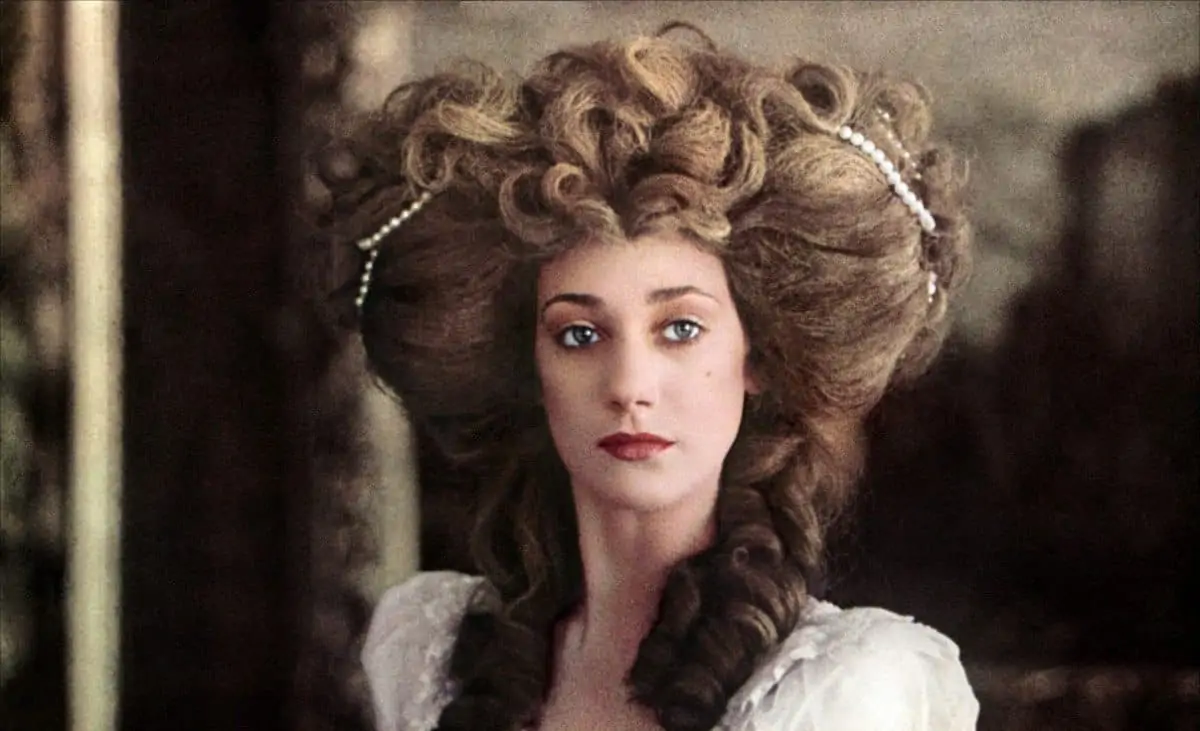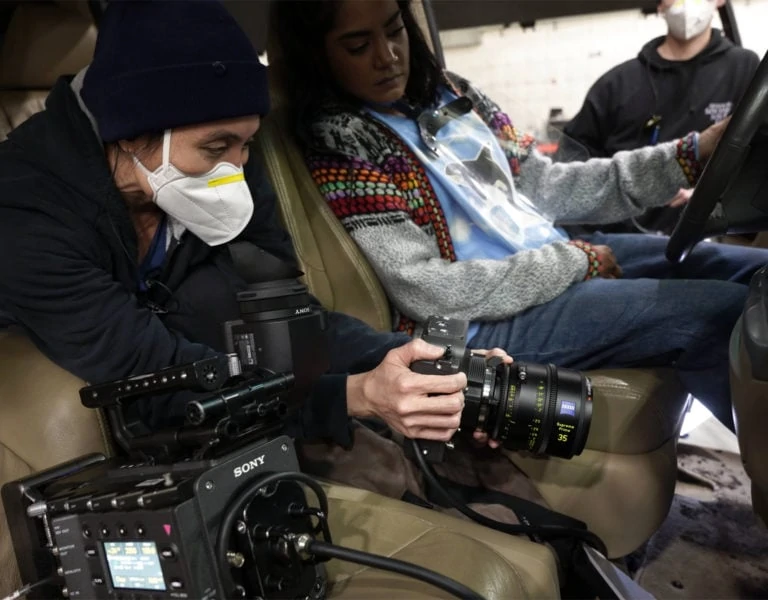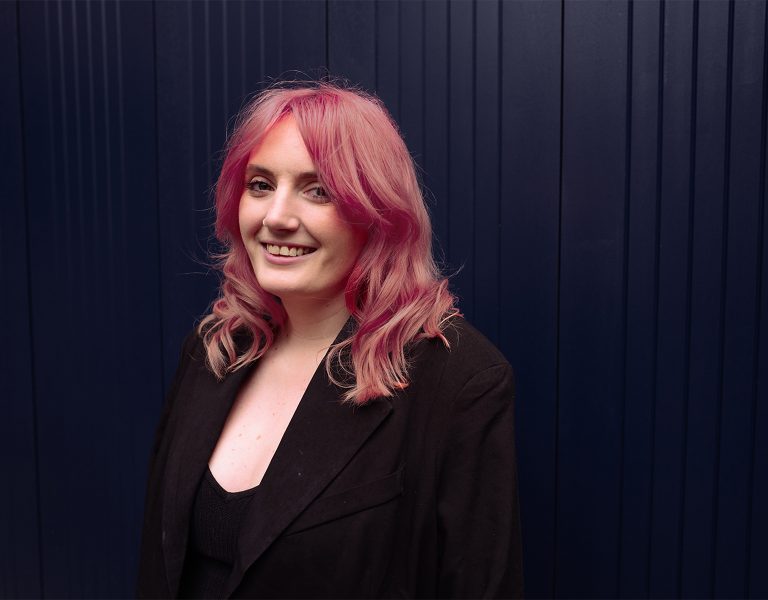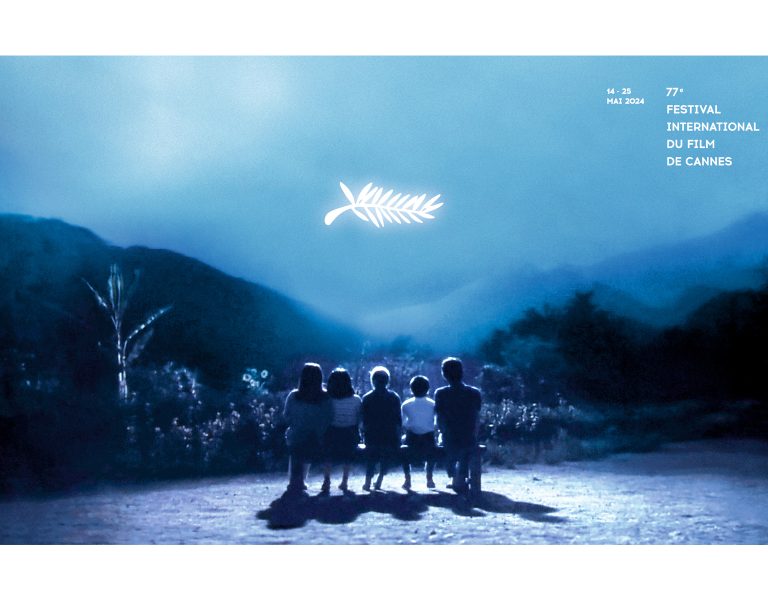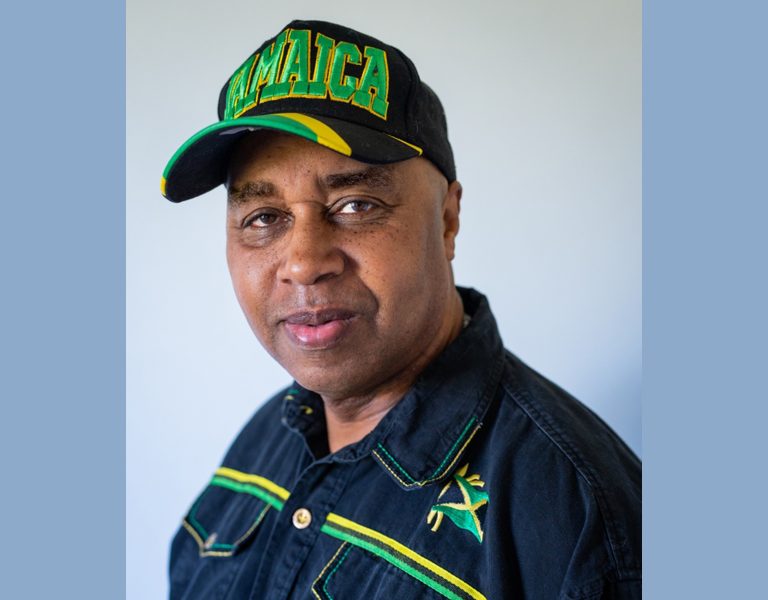
“Artists lack artistic integrity if, in the process of creation, they place some other—competing, distracting, or corrupting—value over the value of the artwork itself, in a way that violates their own artistic standards.” – Claudia Mills in ‘Artistic Integrity’
Ken Kelsch (first-generation American) grew up in New Jersey. His grandfather owned a Bavarian bakery. Still, he was surrounded by great Italian food. As a teenager, he’d get a slice of pizza and take a bus to NYC to watch a movie. When Stanley Tucci sent Kelsch the script of Big Night he was delighted. Tucci knew precisely what he wanted: to propose norms, encourage innovation, and share knowledge.
This 1996 comedy-drama is co-directed by Campbell Scott and Stanley Tucci. The film stars Tucci, Minnie Driver, Ian Holm, Isabella Rossellini, Allison Janney, and Tony Shalhoub as Primo. It tells the story of two Italian immigrant brothers from Abruzzo. Abruzzo’s cuisine is renowned for its variety and richness. Due to the mountains, Abruzzo was isolated, so the region’s cuisine remained unique. Older brother Primo is a brilliant chef. The younger brother, Secondo, is the restaurant manager who wants to succeed in the US. Both live in a New Jersey town and struggle to keep their restaurant, Paradise, afloat.
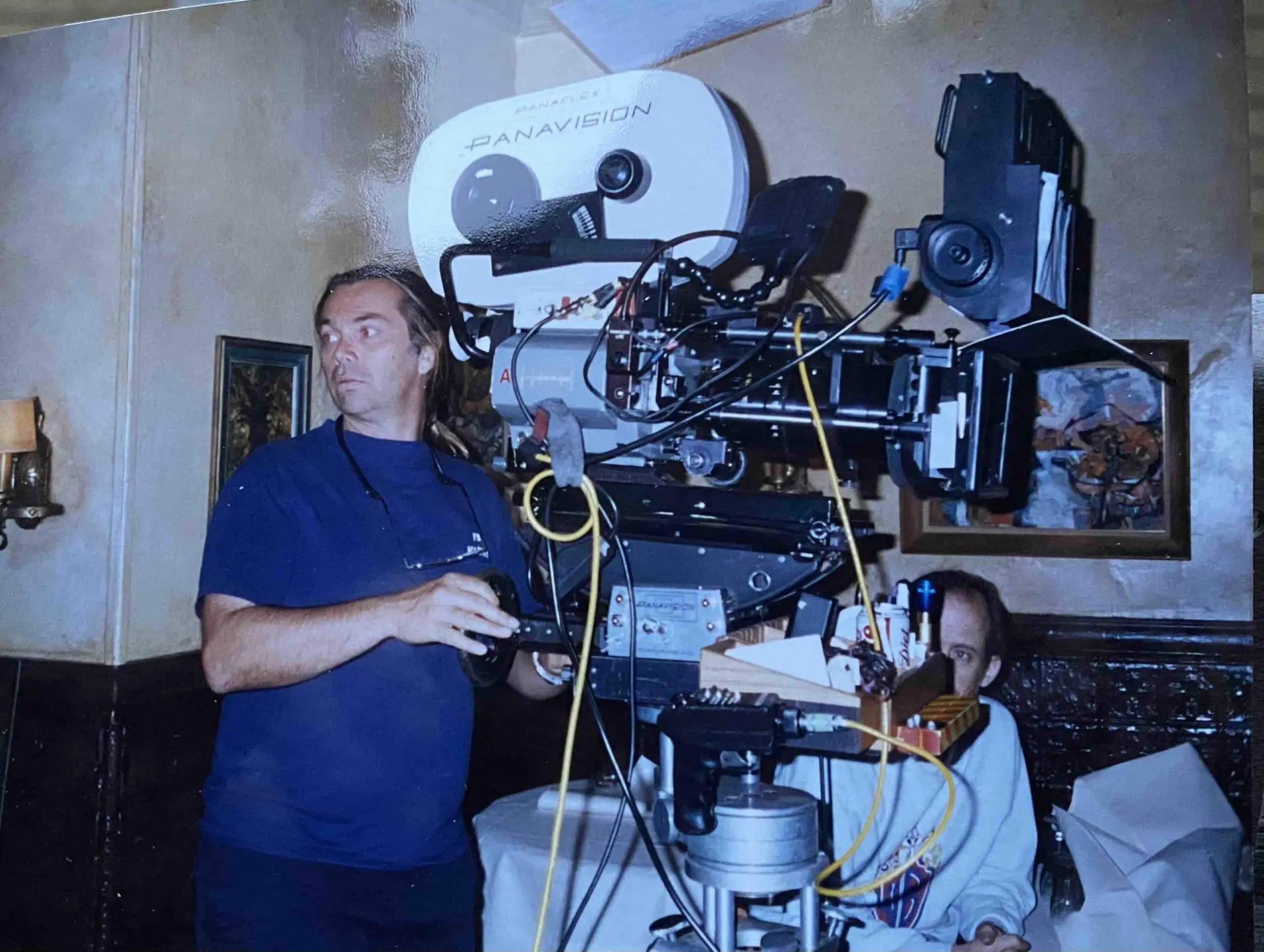
Rodger Ebert said, Big Night is one of the great food movies, and yet it is so much more. It is about food not as a subject but as a language – the language by which one can speak to gods can create, can seduce, can aspire to perfection. The symbolism and allegories of the film focus on the analysis of artistic integrity. The eleven signature dishes masterfully photographed by Ken Kelsch are powerful compositions centered around rigorous cooking techniques. Kelsch’s photography represents the creativity and maturity of culinary knowledge. He was able to show the strength and essence of his subjects.
Primo and Secondo are making an impact with their delectable food and perfect taste. Italian chefs are more likely to share recipes with chefs located nearby to deter a departure from the norms. But Primo’s mediocre competitor Pascal is inept. He can’t even build on Primo’s creativity. Pascal lied to them and promised to bring Louis Prima to dinner at Paradise to subjugate the brothers and sabotage their business. In that scene, Secondo screams at Pascal, “You will never have my brother.” The dinner scene took 3-4 days to shoot. Kelsch made a choice that the restaurant would have a dark warm look to emphasise the cozy glow of the place. The lights inside the restaurant were 2800 K. The lights in the kitchen were cooler 3500 K, the colour of the light appeared less yellow and more white.
However, the food was the star of the movie. Still lifes are known as ‘Vanitas’ and are often associated with material decay and the futility of worldly life. In this film, the food is alive. It represents the pain of rejected artists and the values of Italian chefs that pasta comes in a wide range of shapes, widths, and lengths. Italian food isn’t still life; it is life.
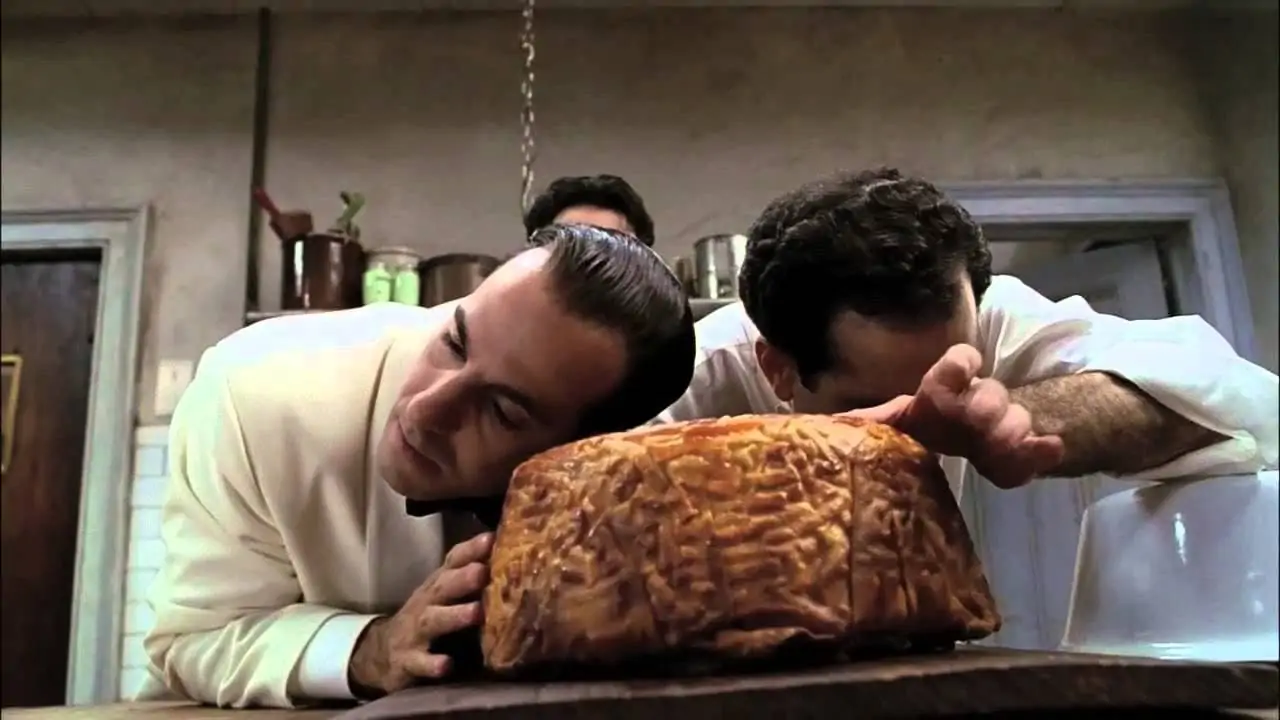

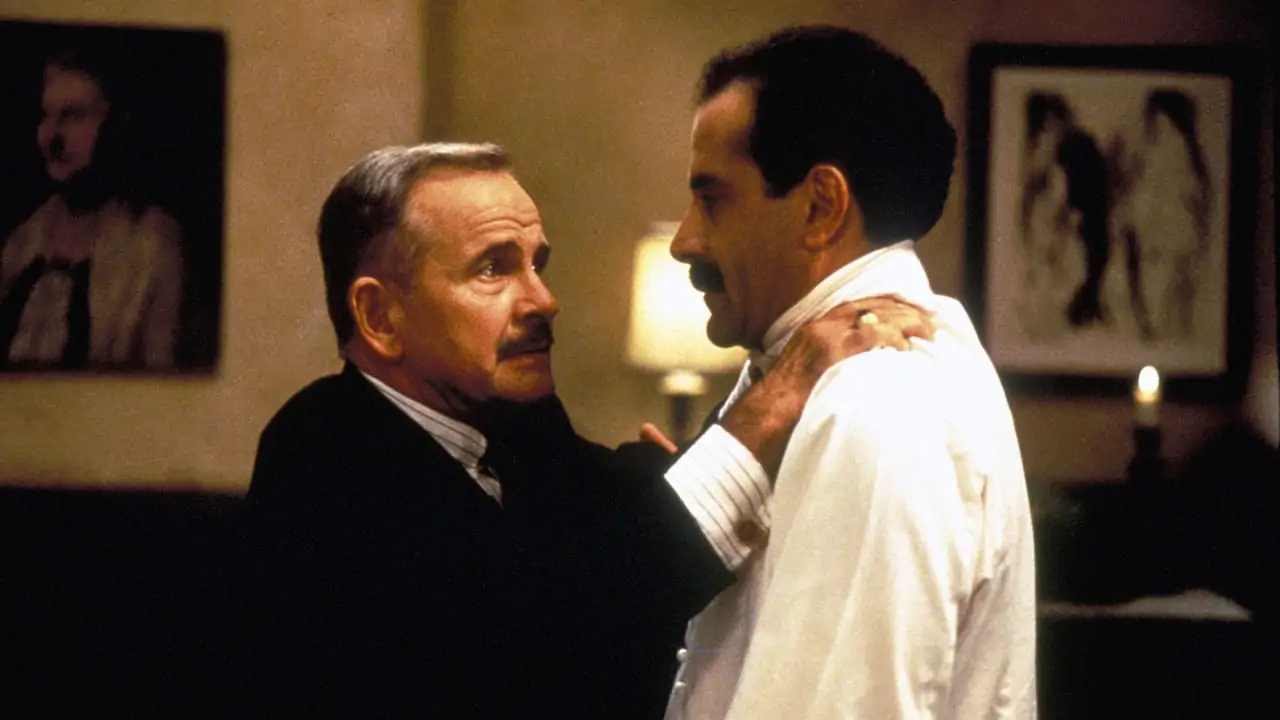
Kelsch recalls, “We had our usual package from NY Panavision. Scotty Fleischer (the late VP of marketing at Panavision New York ) always made sure I had what I needed: a Platinum (The Panaflex Platinum) and a G2 (Panavision Panaflex Gold II Camera). I usually stay with primes, so I had an 18, 27, 35, 50, 85 & 135 mm set of primos, a short 17.5 to 75mm and a long 24 to 274 mm, and a 1.4 extender. ”
Kelsch utilised a lot of two-camera setups and made use of Chapman Hustler IV Dolly and The Hybrid III for smooth rolling shots. Kelsch continues, “In the restaurant, we had bay lights and Maxi-brutes from the catwalk (An elevated platform around the set over the walls) through unbleached muslin. I usually like to light from the floor, but that gave us a lot of flexibility to go anywhere.”
Stanley Tucci gave great directions and the actors never hustled. The sets were fantastic. Kelsch shot in Chelsea Piers on the Law & Order stage. Andrew Jackness built an excellent restaurant and a great kitchen. Susan Raney was an incredible set decorator and the film was remarkable. However, MGM wanted a happy ending to avoid reflection and introspection. The studio decided to cut the last shot of the movie, the now-famous frittata shot. Tucci refused to butcher Kelsch’s vision. The frittata shot is over five minutes in length with no dialogue. The camera is stationary. The brothers eat breakfast side-by-side with their arms wrapped around each other. The ending is heartbreaking, touching, and even tragic.
Article by Karen Pyudik



